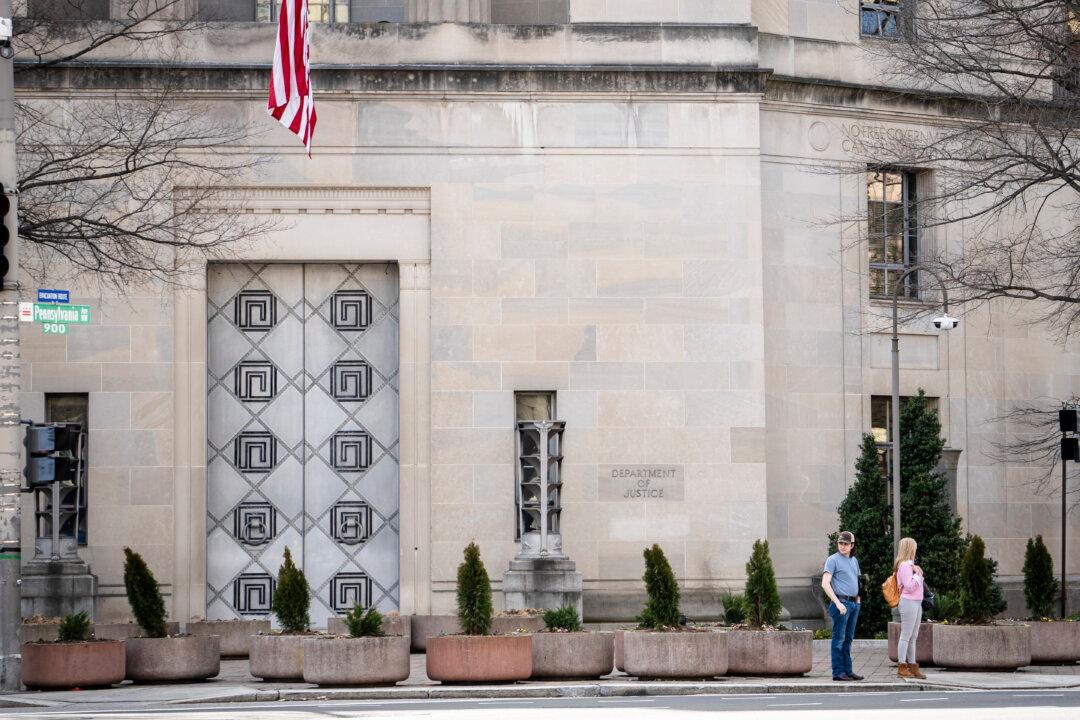Hospitals in New York can use one ventilator to treat two COVID-19 patients, Gov. Andrew Cuomo announced on Thursday.
The state projects a need for 30,000 ventilators and only has 15,000 on hand, officials said earlier in the week.
The New York State Department of Health approved a protocol developed by New York-Presbyterian Hospital that enables a ventilator to treat multiple patients. It’s done by adding a second set of tubes to a ventilator so it can serve two patients.
Cuomo called the technique “not ideal, but workable.”
At a press conference earlier this week, the governor said the procedure splitting the ventilators was experimental.
“We use one ventilator for two patients. It’s difficult to perform, it’s experimental, but at this point we have no alternatives,” he said.

New York had 4,000 ventilators in its system and bought another 7,000. The federal government was sending 4,000, some of which had already arrived. The state is still shopping for additional ventilators and is also converting several thousand anesthesia machines to ventilators. In normal times, the machines cost around $30,000 each.
Patients with COVID-19 in intensive care units in hospitals are essentially in regular hospital beds with a ventilator, state officials have said. As of Thursday, 660 patients are in ICUs across the state.
Officials are seeing patients with the new illness, which is caused by the CCP virus from China, remain on ventilators much longer than patients with other illnesses.
The average time on a ventilator for a non-COVID-19 patient is three to four days. Patients with COVID-19 are on ventilators for, on average, 11 to 21 days. Some patients are on them for up to 30 days.
“You don’t have the same turnaround for the number of ventilators,” Cuomo said.
Ventilators are machines that help lungs work. They’re typically used during recovery from some surgeries, for people suffering from serious conditions like a brain injury or lung disease, and for babies with premature lung development. The machines pump oxygen into a person’s body while removing carbon dioxide. Most require electricity while some can function on battery power.

Modifying Ventilators
A study exploring increasing ventilator capacity first came in the 2000s when two researchers successfully modified a ventilator to stimulate care for four adults at the same time, though they noted it was only for “a limited time.”Later in 2017, Dr. Kevin Menes later remembered that study while treating victims of the mass shooting in Las Vegas and was able to use single ventilators to treat multiple patients.
Dr. Craig Smith, chief surgeon at NewYork-Presbyterian Hospital and the Columbia University Irving Medical Center, said in a note to staff this week that the hospitals have been “carefully manag[ing]” two patients on one ventilator.
The six-minute clip shows Babcock, now an emergency medicine physician at St. John Hospital and Medical Center in Detroit, illustrating how to modify ventilators.
Other efforts are underway around the nation to boost existing ventilator capacity or find alternative solutions to the dearth of the machines.
Researchers at the University of California San Diego said on Thursday that they’re developing simple, ready-to-use ventilators built with premade and 3D-printed parts. The team hopes to have functional prototypes by next week.
“Our aim is to have functional devices as soon as possible,” Dr. Lonnie Petersen, an assistant professor in the Department of Mechanical and Aerospace Engineering, said in a statement. “Once we’ve got the bare bones system up and running, we can start adding layers of sophistication and automation. Those additional layers will include advanced regulation of air pressure and flow to allow for a more disease-specific and patient-tailored respiratory support.”
A team at the Massachusetts Institute of Technology, meanwhile, is working to create a simple, inexpensive alternative to a ventilator using a hand-operated plastic pouch called a bag-valve resuscitator, or Ambu bag, which hospitals already have on hand in large quantities.





